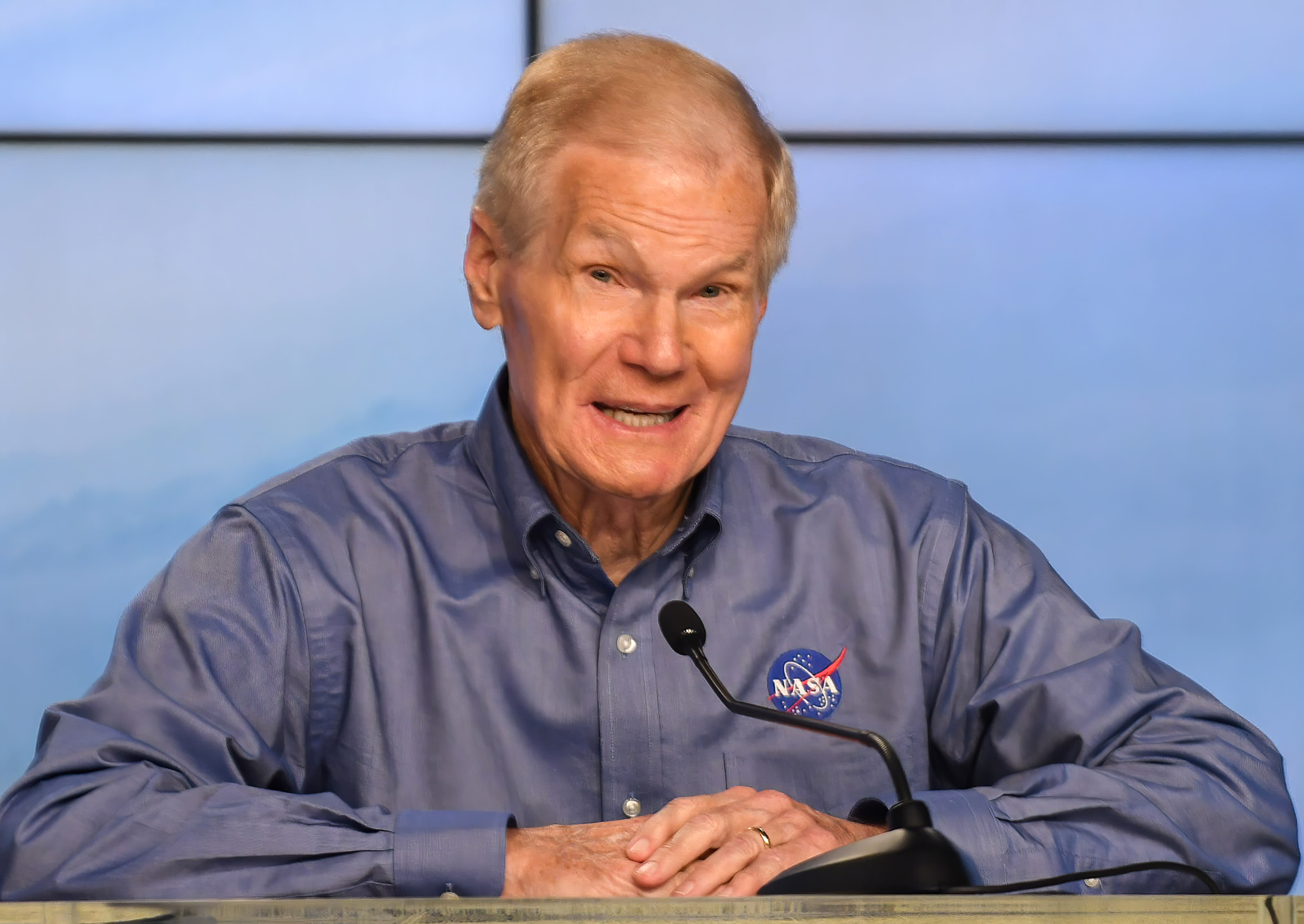The National Aeronautics and Space Administration on Tuesday delayed its plans to return astronauts to the surface of the moon, announcing the agency is targeting 2025 for a crewed landing.
NASA’s new schedule represents a delay from the previous goal of 2024, set by former President Donald Trump’s administration in 2017 – which represented an ambitious push from the agency’s target of 2028 before Trump took office.
“The Trump administration’s target of 2024 human landing was not grounded in technical feasibility,” NASA administrator Bill Nelson told reporters on a conference call.
Known as the Artemis program, NASA has a series of missions planned to use its Space Launch Systems rocket and Orion capsule to launch to the moon. The Artemis I mission, which will not carry astronauts on a flight that will orbit the moon, was planned to launch earlier this year but is now delayed to spring 2022 at the earliest.
Nelson said the crewed Artemis II mission is targeting May 2024, while the Artemis III mission – planned to bring astronauts down to the lunar surface for the first time since the Apollo era – is planned for no earlier than 2025.
NASA also attributed the delays to the protest and lawsuit filed by Jeff Bezos’ Blue Origin earlier this year. Nelson said the litigation caused the loss of “nearly seven months” of work with Elon Musk’s SpaceX on the latter company’s lunar lander contract with the agency.
SpaceX in April won a $2.9 billion contract to build NASA’s Human Landing System program, by developing a variation of its Starship rocket to deliver the astronauts to the moon.
A federal court ruling last week ended the work stoppage, with Blue Origin losing its lawsuit against NASA.
Adding context around the agency’s urgency to return to the moon, Nelson mentioned China’s recent progress in human spaceflight. He emphasized NASA is “going to be as aggressive as we can be, in a safe and technically feasible way, to beat our competitors with boots on the moon.”
“The Chinese space program, which includes the Chinese military, give us indications that they are going to be very aggressive,” Nelson said.
